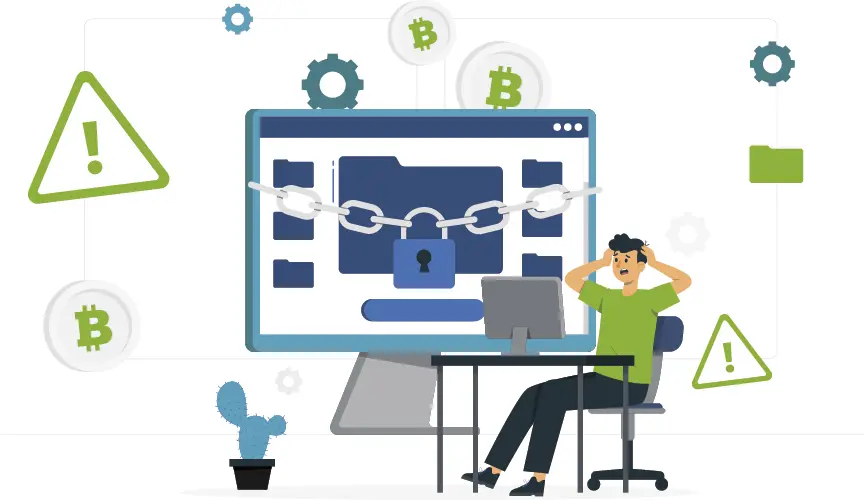Change Healthcare Breach as a Case Study

The breach incident involving Change Healthcare serves as a critical case study highlighting the importance of cybersecurity and data protection in the healthcare industry. Here’s an overview of the Change Healthcare breach as a case study, presented by Prima Systems, a leading healthcare BPO company committed to the highest standards of data protection and cybersecurity.
Background
Incident Overview: In February, 2024, “Change Healthcare”, a subsidiary of United healthcare experienced a data breach incident that compromised the security of sensitive patient information and also caused providers to not being able to processed claims for their services.
Scope of the Breach: The breach involved unauthorized access to Change Healthcare patient’s data, and it effected thousands of doctors, hospitals, and other healthcare providers affiliated to that entity.
Impact: The breach had significant implications for both Change Healthcare and the affected individuals, including potential financial losses amounting to millions(ransoms), reputational damage, and risks to patient privacy and confidentiality.
Factors Contributing to the Breach
Vulnerabilities in Security Controls: The breach orchestrated by APLHV or BlackCat may have resulted from vulnerabilities in Change Healthcare’s cybersecurity defenses, such as inadequate access controls, outdated software, or misconfigured systems.
Insider Threats: Insider threats, including employee negligence, malicious insiders, or unintentional data exposure, could have played a role in the breach.
Sophisticated Cyberattacks: The breach may have been the result of sophisticated cyberattacks, such as phishing scams, malware infections, or ransomware attacks, targeting Change Healthcare’s systems and networks.
Third-Party Risk: The involvement of third-party vendors or partners in Change Healthcare’s operations may have introduced additional security risks and vulnerabilities, leading to the breach.

Response and Remediation Efforts
Incident Response Plan: Change Healthcare activated its incident response plan to address the breach promptly and mitigate its impact on affected individuals and stakeholders. According to Change health care official statement, it also paid a significant ransom to APHV/BlackCat to take down the data from dark web.
Notification and Communication: Change Healthcare communicated transparently with affected individuals, and the public about the breach, providing timely updates and guidance on protective measures.
Forensic Investigation: Change Healthcare conducted a thorough forensic investigation to determine the root cause of the breach, identify the extent of the compromise, and implement corrective actions to prevent future incidents.
Enhanced Security Measures: Change Healthcare implemented enhanced security measures, such as strengthening access controls, implementing multi-factor authentication, encrypting sensitive data, and enhancing employee training and awareness programs.
Regulatory Compliance: Change Healthcare ensured compliance with applicable data protection regulations, such as HIPAA (Health Insurance Portability and Accountability Act), GDPR (General Data Protection Regulation), and other relevant privacy laws, to mitigate legal and regulatory risks associated with the breach.
At Prima Systems, we strictly follow ISO 27001 and HIPAA protocols to ensure robust data protection and cybersecurity measures that align with or exceed industry standards. Our commitment to these regulations demonstrates our dedication to safeguarding patient data and preserving trust in healthcare organizations.
Lessons Learned and Best Practices
Prioritize Cybersecurity: Healthcare organizations must prioritize cybersecurity and invest in robust security measures to protect sensitive patient data from unauthorized access, disclosure, or misuse.
Risk Management: Proactively identify and mitigate cybersecurity risks, including vulnerabilities in systems and networks, insider threats, and third-party risks.
Incident Response Preparedness: Develop and regularly test incident response plans to ensure a swift and coordinated response to cybersecurity incidents, minimizing the impact on operations and stakeholders.
Transparency and Accountability: Maintain transparency and accountability in cybersecurity incidents by promptly notifying affected individuals, regulatory authorities, and the public about the breach and its impact.
The Change Healthcare breach underscores the critical importance of cybersecurity in safeguarding patient data and preserving trust in healthcare organizations. By learning from this case study and implementing best practices in cybersecurity and data protection, healthcare organizations can mitigate the risk of breaches and uphold their commitment to patient privacy and confidentiality.


